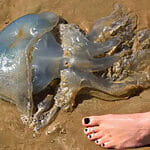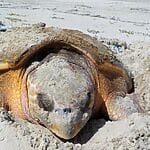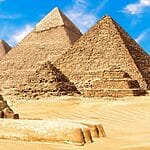8 Common Dangerous Animals in Aruba – You May Not Know
Aruba, with its sun-drenched beaches and lush landscapes, is a paradise for many. Yet, beneath its idyllic surface, the island harbors a range of dangerous wildlife that can pose serious threats to the unwary visitor.
From the formidable Boa Constrictor, slithering through Arikok National Park, to the venomous Yellow Scorpion lurking in sandy terrains, Aruba’s native creatures demand respect and caution.
Understanding these risks is crucial for anyone planning to explore the natural beauty of this Caribbean haven. In this blog post, we explore the most common dangerous animals found in Aruba, including some surprising residents of the local donkey sanctuary.
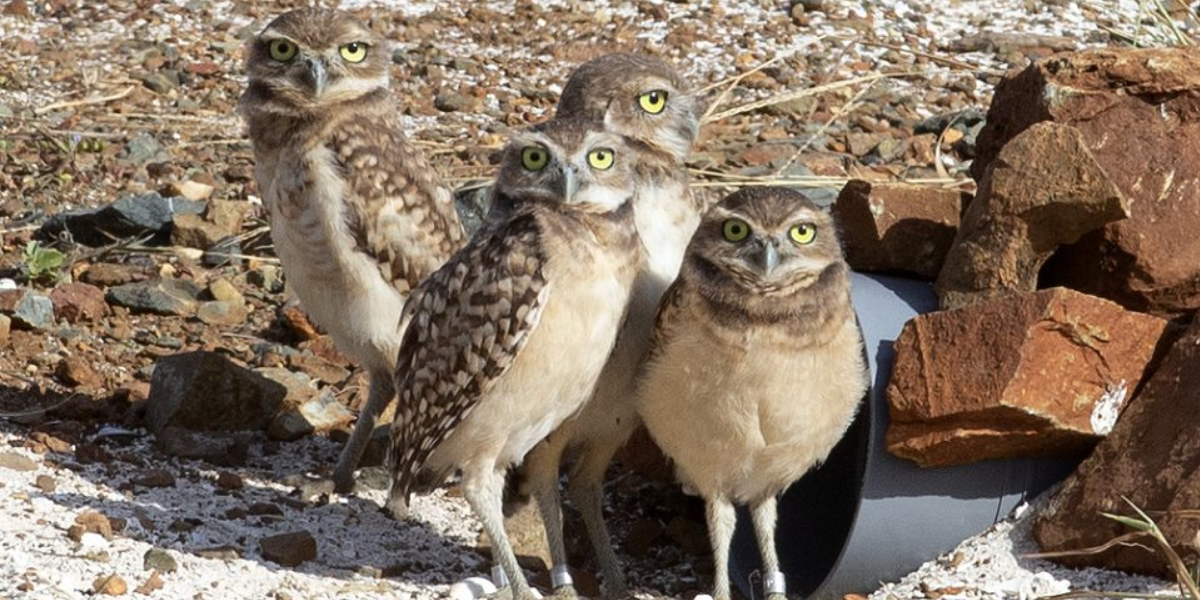
What are the Most Common Dangerous Animals in Aruba? – (Top Dangerous Animals with Pictures)
Aruba Rattlesnake (Venomous Pit Viper)
The scientific name of the Aruba Island rattlesnake is Crotalus unicolor, a wildlife species, and it is counted as one of the dangerous animals in Aruba. It is a highly venomous pit viper found only on Aruba Island in the Caribbean Sea. These snakes are nocturnal in nature and are typically found in dry and rocky areas.
They are ambush predators and wait for their prey to come within their range. The Aruba Island rattlesnake’s venom is a neurotoxin, which can cause death if medical care is not given soon after the attack.
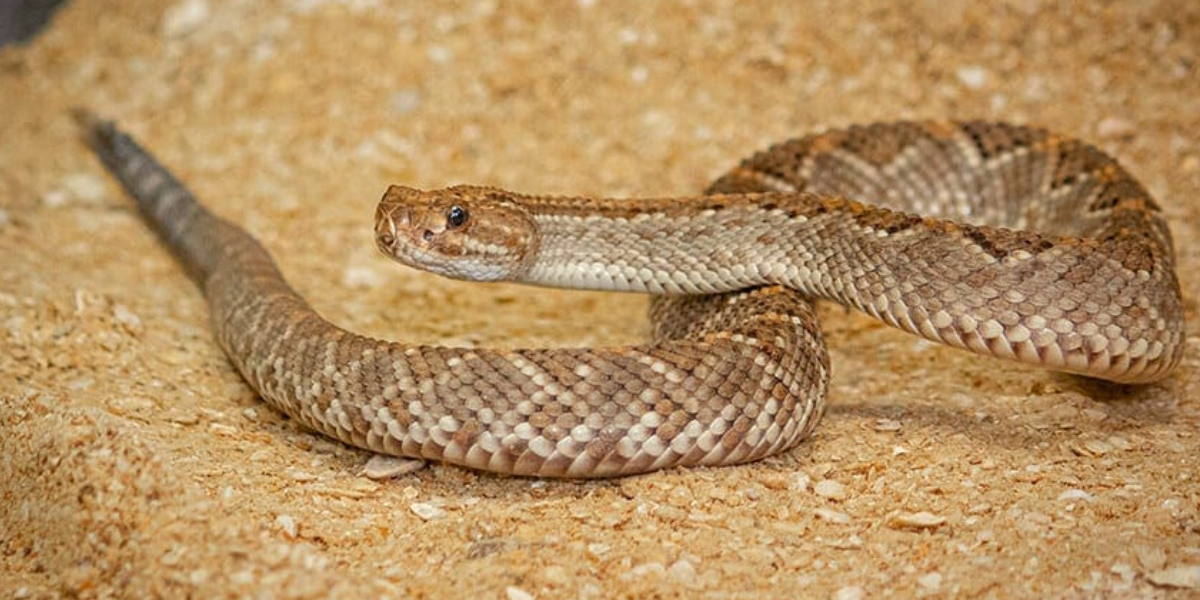
Aruba Island rattlesnakes are small rattlesnakes, reaching a maximum length of about 50 centimeters. These rattlesnake species, some of which are present in Aruba’s wildlife. have long fangs that are attached to the venom glands. Rattlesnakes fold their fangs inside their mouth when they don’t need them.
These snakes have grey or light brown with diamond-shaped markings on their back. Additionally, they have a unique rattle at the end of their tail, which they use to warn their predators.
One interesting fact about this rare species is that it is the only venomous snake found on Aruba Island and the rarest rattlesnake in the world.
These snakes are nocturnal and prey on small mammals, such as rodents, reptiles, birds, and bats. Aruba Island’s rattlesnake is listed as Critically Endangered on the IUCN red list of endangered species. The main threats to the species are habitat loss, hunting, and trading.
Boa Constrictor
The scientific name of the Boa Constrictor is Crotalus unicolor. These are large, non-venomous snakes found in tropical rainforests throughout Central and in sanctuaries across Aruba. South America and on Aruba Island. These are one of the most dangerous animals, however, they are invasive animals of this island.
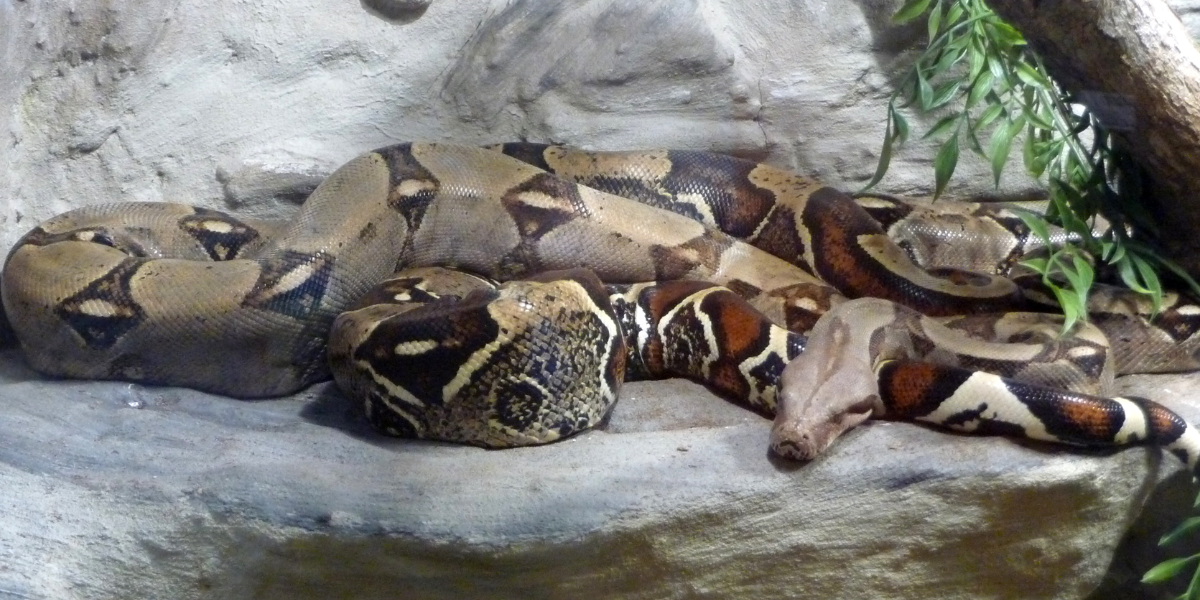
These snake species are commonly 6 to 8 feet long, but some snakes of their species can grow up to 12 feet long. They have a cylindrical body, a large head, and a short tail. Their scales are smooth and shiny, and their skin color differs depending on the species.
One interesting fact about these common dangerous One impressive trait of Aruban One impressive trait of Aruban animals is that they even prey on animals larger than their own head. These snakes have a different style of hunting. For example, they wrap their bodies around their targeted prey and squeeze until it dies.
They hunt at night and ambush their prey from behind. Boa constrictors are carnivores, and they commonly prey on mammals, birds, and reptiles. Boa constrictors have fewer predators in their natural habitat, which is another important factor in the increase of their population. These snakes are listed as “Least Concern” species by the IUCN. However, they are still hunted for their skins and meat.
Green Iguana
The scientific name of green iguana is Iguana iguana. It is a large lizard found in tropical rainforests throughout Central and South America. It is also found on the Caribbean islands of Aruba, Bonaire, and Curaçao.
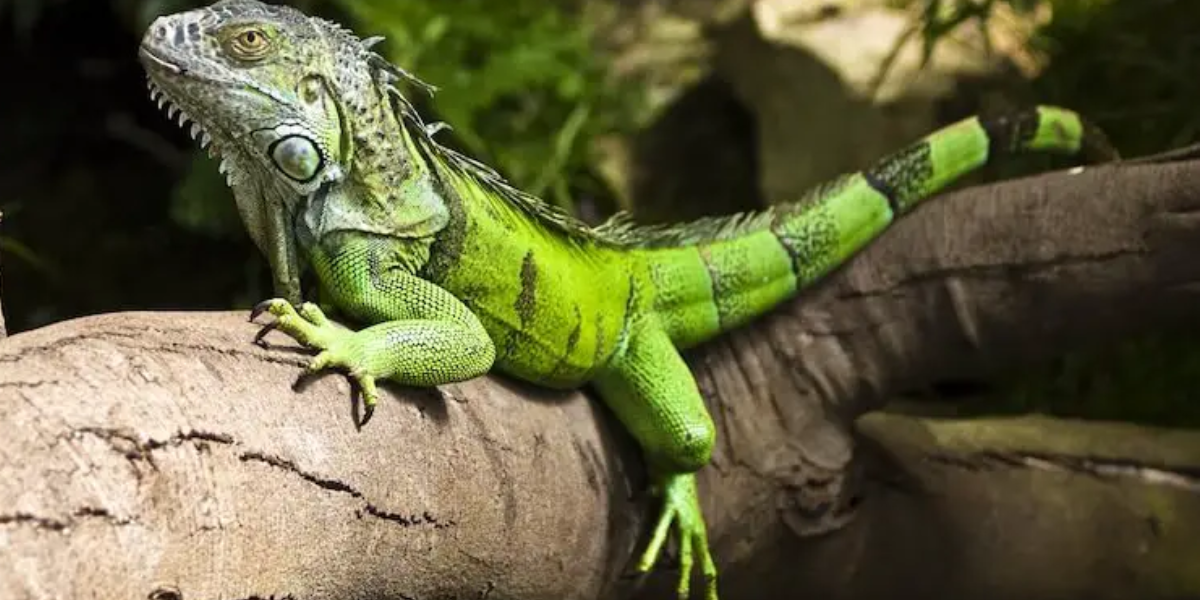
These lizards are typically 4 to 6 feet long, but some individuals can grow up to 8 feet long. They have a long, slender body, a short tail, and a crest of spines running along their back. Iguanas are usually green, but their color varies depending on their surroundings.
One interesting fact about green iguanas is that they can change their color to blend in with their surroundings. They do this by expanding or contracting special cells in their skin.
These lizards are herbivores and eat leaves, fruits, flowers, insects, and small animals. The conservation status of the Green iguanas is Vulnerable species by the IUCN. The main threats to them are hunting and the pet trade.
Baker’s Cat-Eyed Snakes
Baker’s cat-eyed snake is a small, non-venomous snake found in the rainforests of Central and South America. The adult snakes are commonly tan, yellow, silver or light brown, with 15 to 24 large, dark brown blotches coming down their back. Their bodies are slender in shape, with small heads, and large eyes.
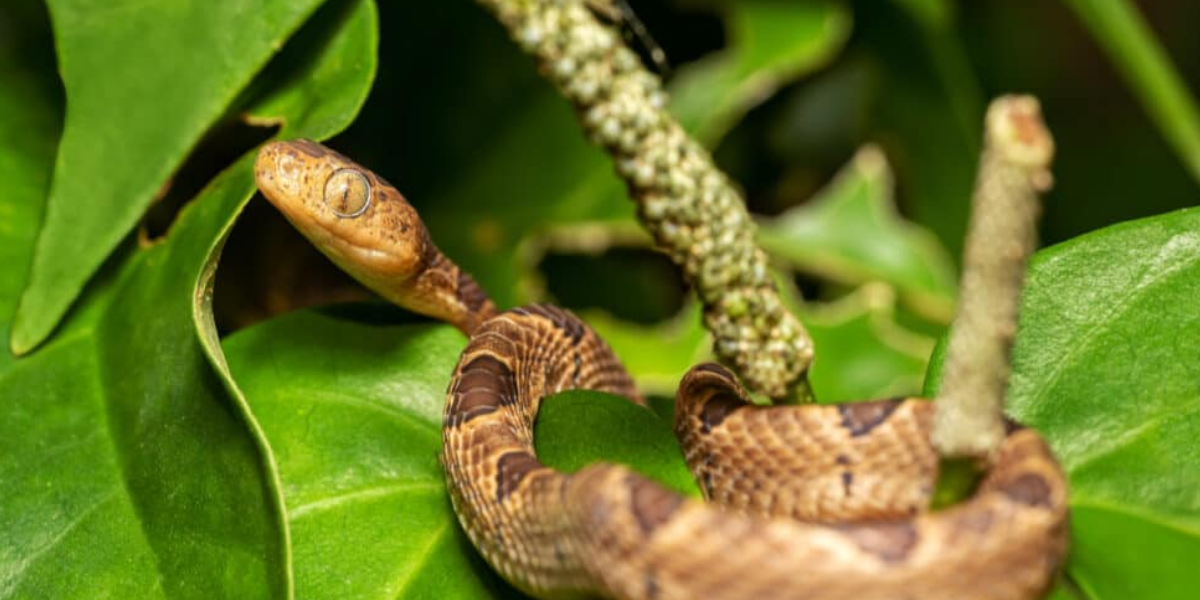
An interesting fact about Baker’s cat-eyed snake: They have a reflective layer in its eyes that allows it to see clearly even in less light. This is an adaptation that helps them hunt at night, often seen by those who go snorkeling in Aruba. These snakes are carnivores, and their diet consists mainly of small lizards, frogs, and insects.
They are listed as a Least Concern species by the IUCN. However, they are still threatened by habitat loss and fragmentation.
Jelly Fish
The jellyfish’s scientific name is Scyphozoa. It is one of the most dangerous animals that can be found in each ocean almost. But they are one of the most common dangerous aquatic animals in the Caribbean sea. They are made up of 95% water and have a jelly-like body that is supported by a gas-filled bladder.
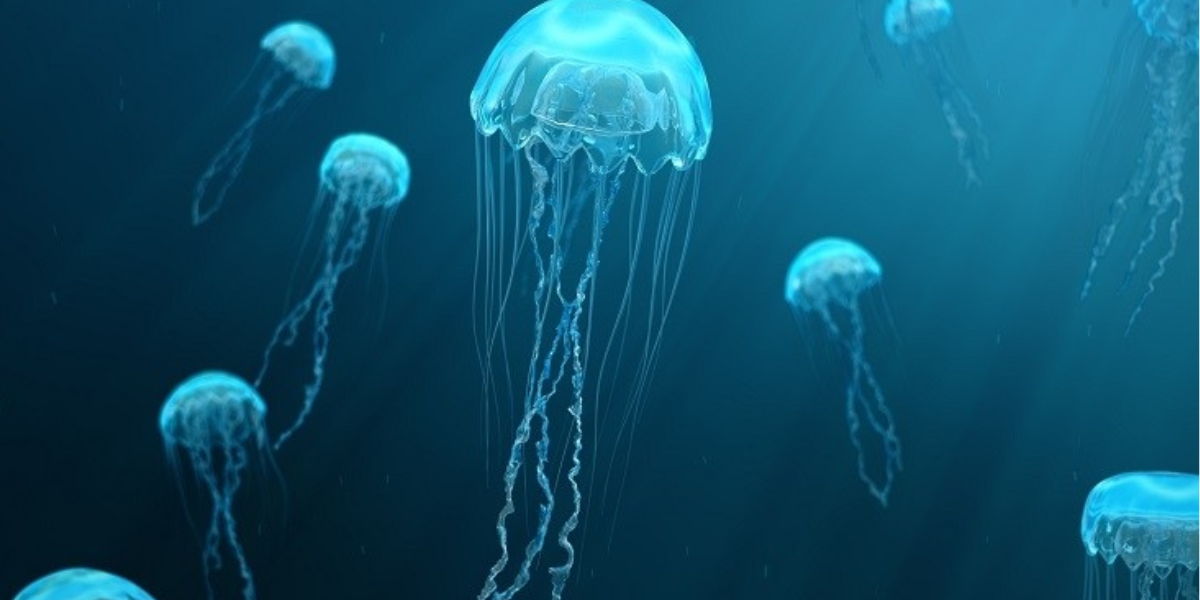
Jellyfish come in a variety of shapes and sizes, but most of them have bell-shaped bodies with tentacles that hang down from the bottom. These aquatic animals have a unique style of attacking their prey. First, they use their tentacles to capture their prey and then stung it.
One interesting fact about jellyfish is that they are not fish. They are invertebrates, which means that they do not have a backbone.
Jellyfishes are carnivores and eat small fish, plankton, and other small marine animals. They are an important part of the marine ecosystem and help keep populations of other animals in check.
Did you know That jellyfish stings are dangerous enough that they can paralyze the prey.
3 Common Dangerous Sharks in Aruba
Caribbean Reef Sharks
The Caribbean reef shark’s scientific name is Carcharhinus plumbeus. These sharks are found in the Caribbean Sea and the western Atlantic Ocean.
Caribbean sharks are gray or brown in color with white spots on their backs. They have a slender body and a long, pointed snout. Usually, these sharks can grow up to 7 feet long and weigh up to 150 pounds.
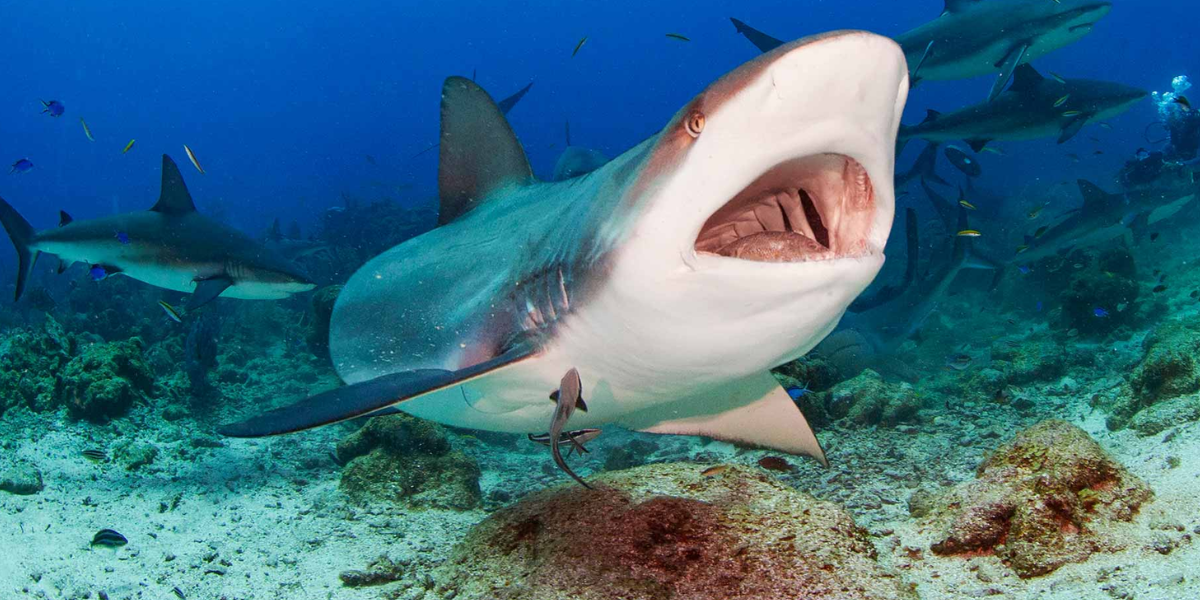
One interesting fact about these sharks is they can see all colourful objects. This is unusual for sharks, as most sharks are able to see in black and white. Doubtlessly, this shark species is one of the most common dangerous animals on Aruba Island.
Caribbean reef sharks are carnivores and eat fishes, such as grunts, snappers, and groupers. They also feed on crustaceans, such as crabs and shrimp. These sharks fall under the category of “Near Threatened species” by the IUCN. The main threats to this species in Aruba include overfishing, habitat loss, and pollution.
Hammerhead Sharks
The hammerhead shark, scientifically known as Sphyrna, is a mesmerizing marine predator found in warm oceans worldwide. These interesting sea animals stand out with their distinctive hammer-shaped heads, which allow them to scan vast areas for prey, like fish and squid, easily.
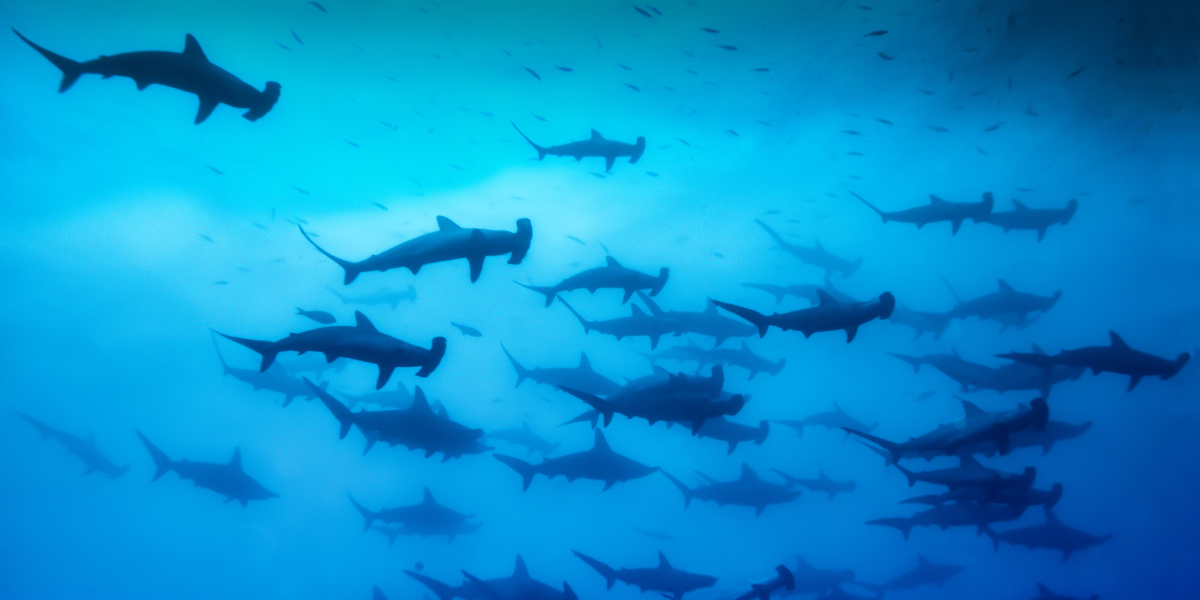
One interesting fact about hammerhead sharks is that they are highly social and often travel in groups that are called school or shiver. It shows their strong shark community system. These sharks are one of the most common dangerous animals on Aruba island. And the diet of these carnivores includes small fish, crustaceans, and cephalopods.
But, sadly, the hammerhead sharks are facing conservation challenges. According to the IUCN, some species, like the great hammerhead, are listed as “Endangered” due to overfishing and habitat loss.
Whale Sharks
The scientific name of the Whale Shark is Rhincodon typus. These sharks are common dangerous animals in Aruba, and also found in other countries, including the Philippines, Australia, Mexico, and Thailand.
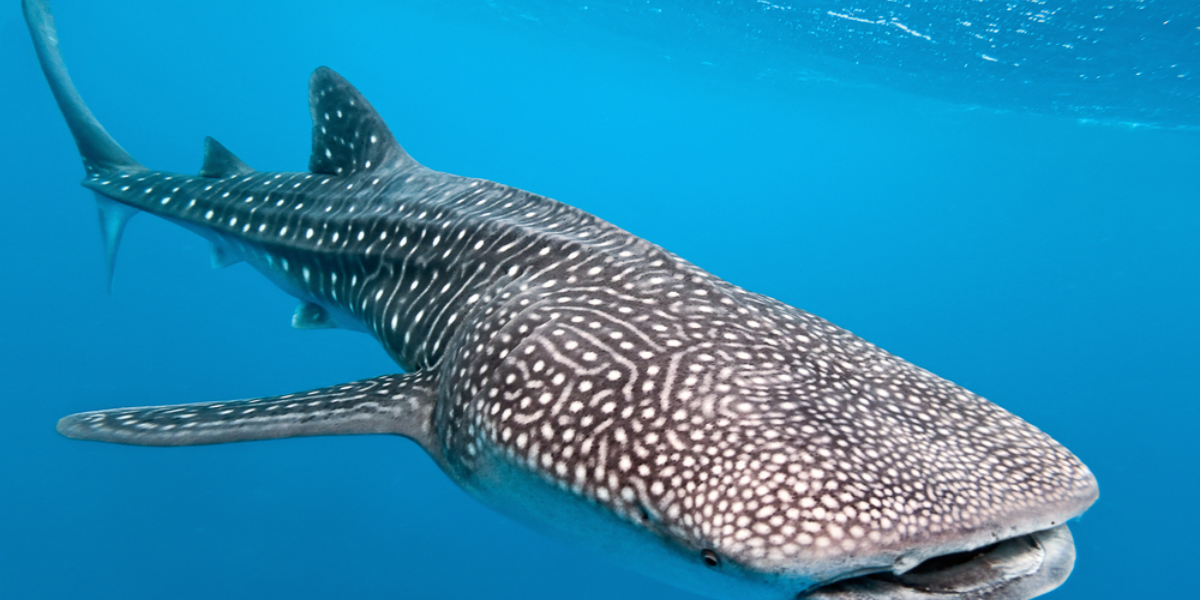
Whale Sharks are the largest fish species, with their awe-inspiring appearance that includes their colossal size, reaching up to 40 feet in length, and distinctive checkerboard patterned skin.
One interesting fact about these sharks is their filter-feeding diet. Despite their intimidating size, they consume tiny plankton, krill, and small fishes by sieving them through their wide mouths while swimming.
Unfortunately, Whale Sharks, which can be observed via snorkeling excursions, are listed as an endangered species in Aruba. “Endangered species” on the IUCN Red List due to threats from fishing, habitat degradation like the Aruban Sanctuaries, and collisions with boats.
Frequently Asked Questions
What wild animals live in Aruba?
Some of the wild animals that live on Aruba are Boa constrictors, Iguanas, geckos, skinks, herons, flamingos, hawksbill turtles, sharks, and rays.
What animals are Aruba known for?
Some animals that Aruba is known for are Green Sea Turtles, Boa Constrictors, Herons, Iguanas, Boobies, and Pelicans.
Are snakes common in Aruba?
Yes, snakes are common in Aruba. Around 15 species of snakes are found on the island, including the boa constrictor, the yellow-bellied racer, and the Baker’s cat-eyed snake.
Does Aruba have monkeys?
No, Aruba does not have monkeys. The only monkeys that are native to the Caribbean are the capuchin monkeys, which are found in Puerto Rico.
Is there any dangerous wildlife in Aruba?
Yes, Aruba hosts several dangerous wildlife species, including the venomous Aruba Island rattlesnake and the Boa Constrictor. Visitors should be cautious, especially in natural parks and undeveloped areas.
What should you avoid in Aruba?
In Aruba, avoid touching or approaching wildlife, wandering alone at night, and venturing into secluded areas without a guide. Always stay alert in natural habitats to ensure your safety from dangerous animals.
- What Should I Do If A Koala Bites Me? Safety Guide - 2024-05-30
- Are Kangaroos Born Without Hind Legs? A Fascinating Journey - 2024-05-30
- Animals That Look Like Squirrels - 2024-05-30


